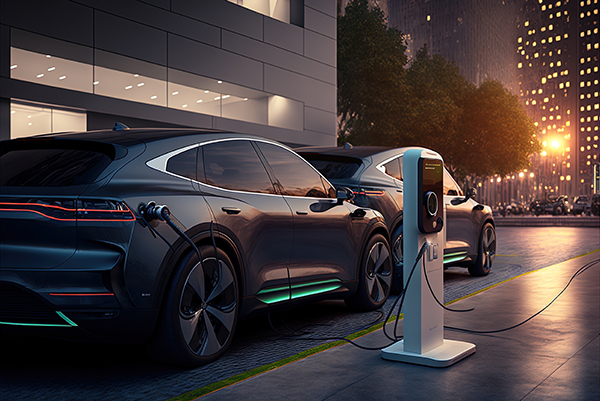
Hydrogen has always been touted as an energy-dense fuel with many uses. However, there are no naturally occurring hydrogen reserves, and the element is currently generated through high-energy mechanisms that depend on fossil fuels. Developing a sustainable and clean hydrogen source for commercialization may give the world a true carbon neutral energy source.
“We have lots of solar energy and we have seawater. If we could use water-splitting to produce hydrogen from water with minor pretreatment and limited requirement for fossil fuel sources, then we could open up significant avenues for sustainable and affordable hydrogen fuel use,” said Masdar Institute microsystems engineering assistant professor Dr. Jaime Viegas.
Water-splitting is a chemical reaction where water is broken down into its core components: hydrogen and oxygen. The result would then yield energy-rich hydrogen, which in turn may prove to be a key contributor to more sustainable energy production in the future. However, current processes in water-splitting require a large amount of energy. To address this, the researchers have turned to using various catalysts to facilitate more efficient and sustainable water-splitting technique. The researchers were able to identify an array of metal oxides that can serve as more effective catalysts that can accommodate greater solar energy to facilitate water-splitting.
“Most of the sun’s energy exists in the visible and infrared range, with very little in the ultraviolet. Unfortunately the most efficient photocatalysts, such as titanium dioxide, are only sensitive to ultraviolet light, thus only harnessing much less than 5 percent of sun’s available energy. To be able to absorb as much of solar energy as possible we have used very thin layers of selected metals to assist in the absorption of light in the visible and infrared spectrum, so we can have the same chemical reaction as from UV, but from the entire solar spectrum,” Dr. Viegas said.
Futuristic nanocones may yield a bumper of hydrogen fuel
The researchers have utilized the same technique to develop a wafer that combines various metal oxides on a silicon substrate. The wafer surface features a pattern of unique nanocones that are 100 nanometers in size, with varying height and spacing to optimize solar energy absorption. The nanocones are then treated with coatings of various metal oxides to determine the optical and electronic properties that yield the strongest water-splitting capacity.
“This interplay of matter and light produces what is known as a ‘plasmonic effect’, which provides the surface energy boost needed to break the water bonds to produce hydrogen and oxygen," the Masdar Institute stated.
“In this process of using light on the surface of metal oxides, assisted by the unique patterns we have designed in the metal oxide layers, we can tailor the absorption characteristics of the sunlight and induce the chemical reaction – splitting it to produce water and hydrogen,” according to Dr. Viegas. Some of the identified metal oxides show promising results, researchers said. The team of experts has already filed an invention disclosure on their discovery.
“We envision a more distant future where we take seawater, drive it through a large panel embedded with the photocatalytic metal oxides, and produce hydrogen and oxygen. When that hydrogen is later used as a fuel source, it produces water that can either be consumed, or again used to produce hydrogen,” researchers noted.
Sources include:
Please contact us for more information.






















